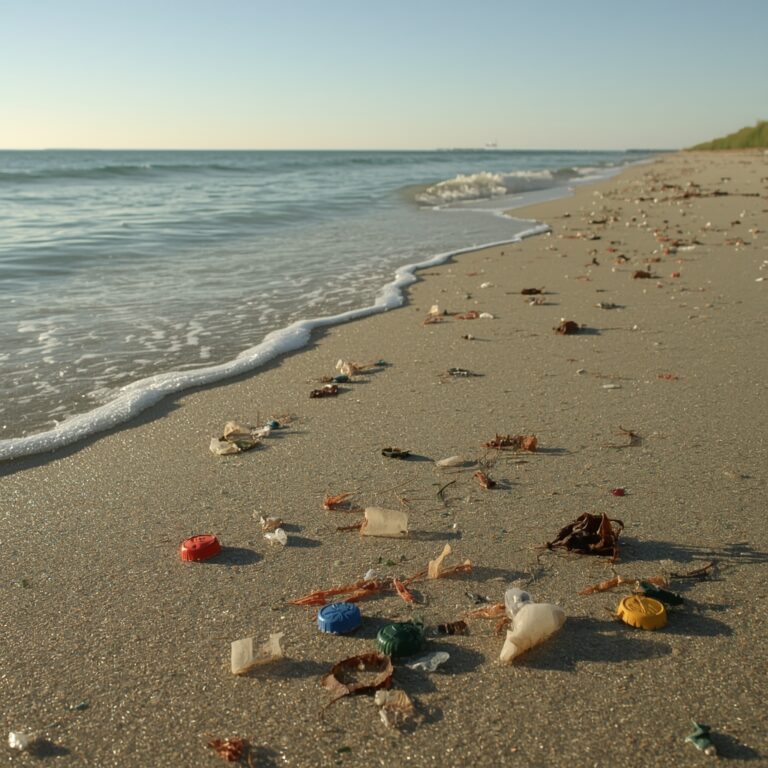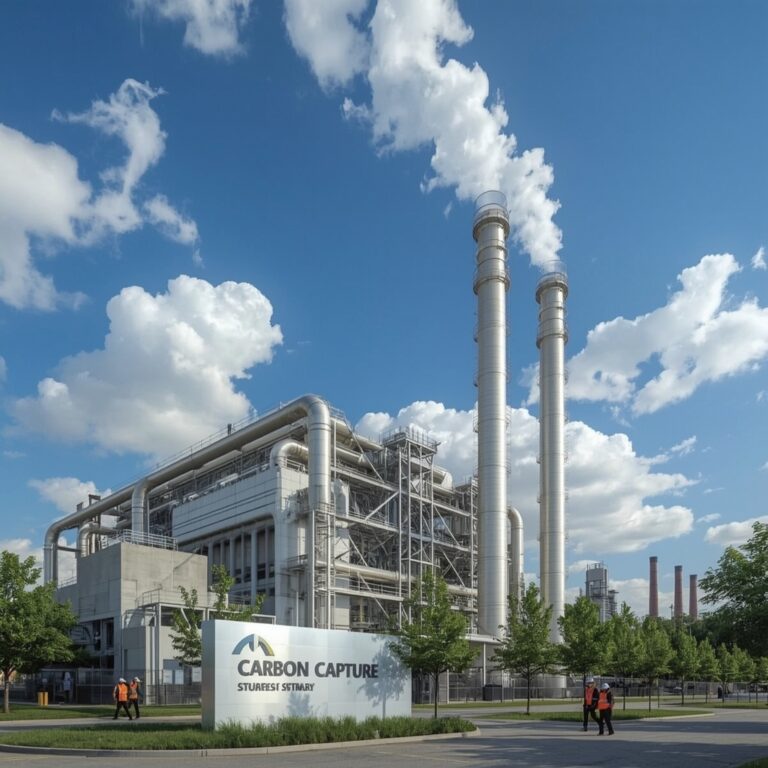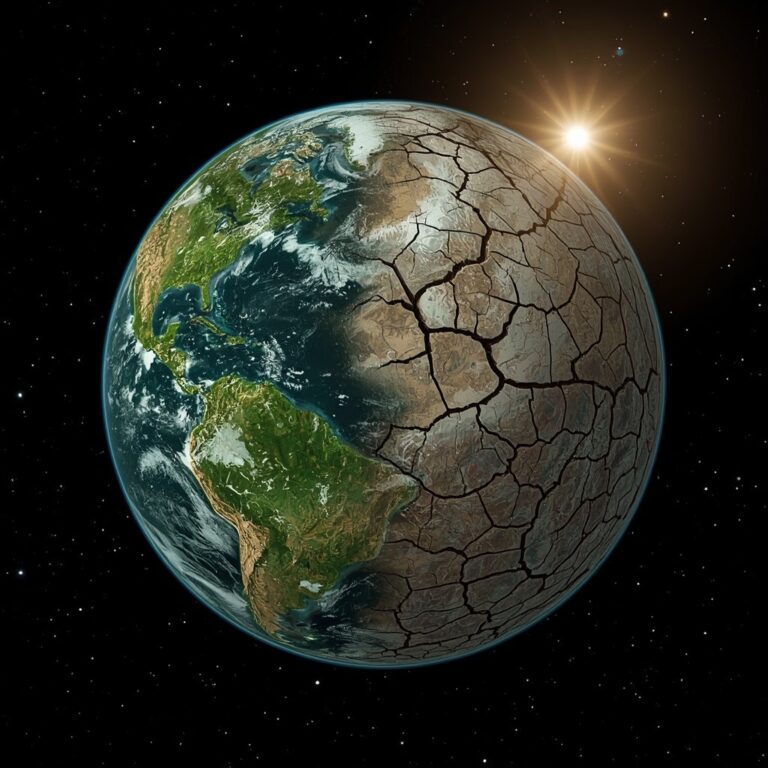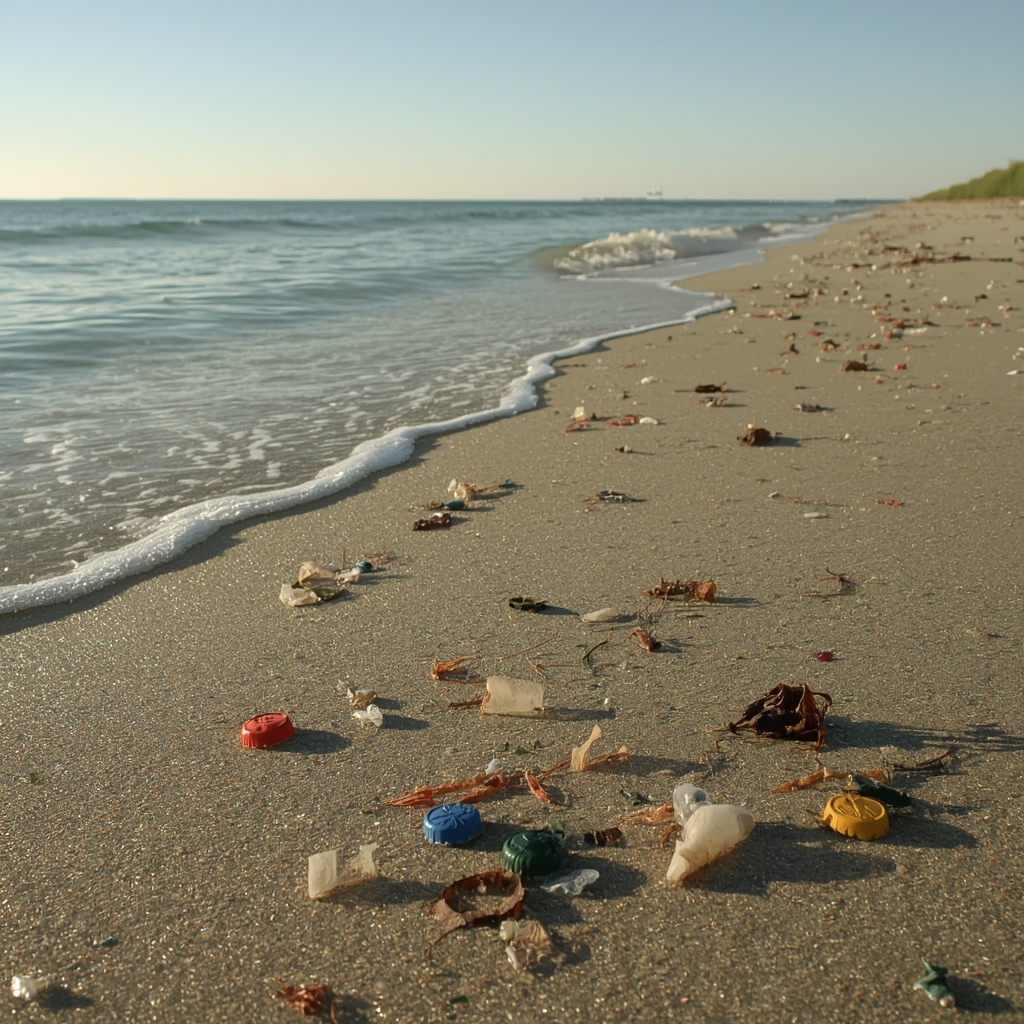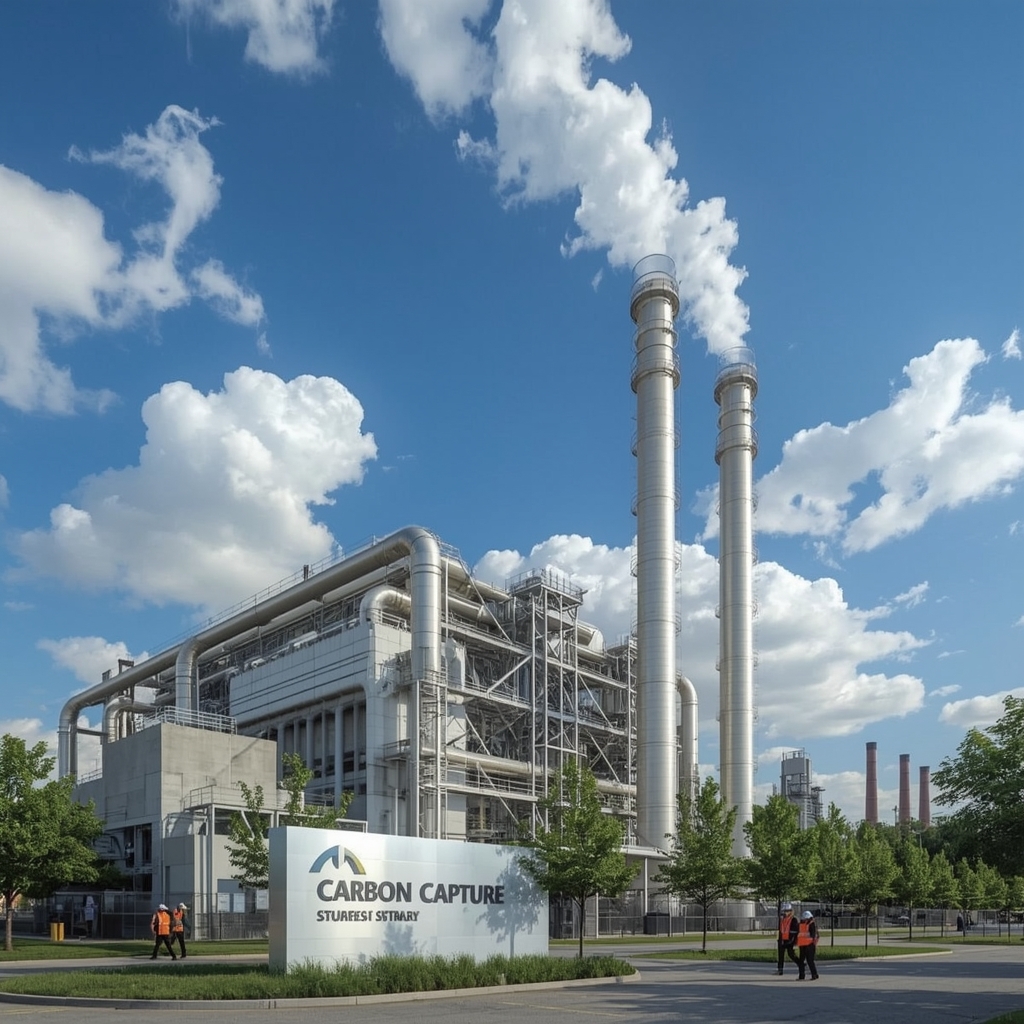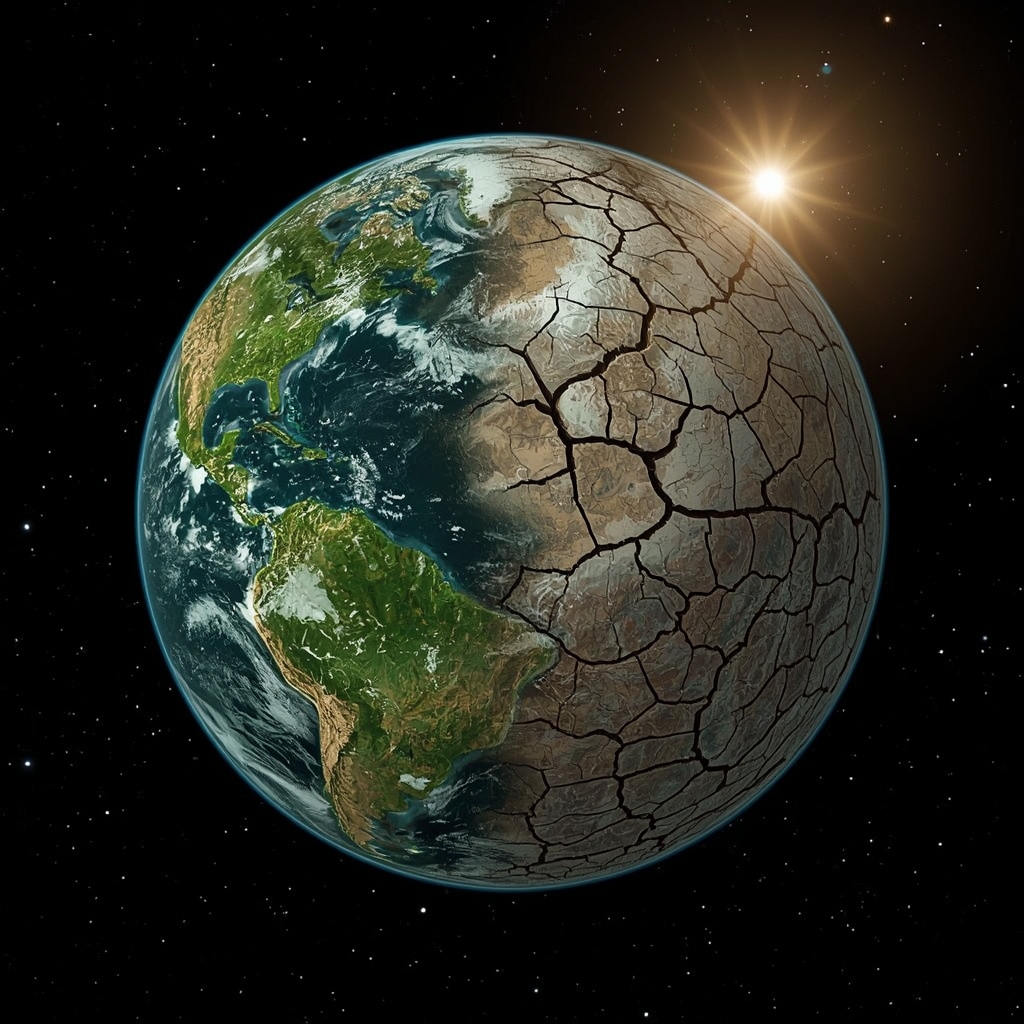Why Restoring Habitats Benefits Humans and the Planet
Introduction – the human connection to habitats
Why restoring habitats benefits humans is a question that highlights the deep link between nature and people. Habitats are not just homes for wildlife; they provide clean water, fresh air, fertile soil, and climate balance that humans rely on every day. When ecosystems are damaged by deforestation, pollution, or urbanization, communities face health risks, economic loss, and greater vulnerability to natural disasters. Restoring habitats helps reverse this damage, protecting biodiversity while also ensuring human well-being. From better food security to stronger climate resilience, the benefits of restoration extend far beyond the natural world.
Understanding what habitat restoration means
Habitat restoration is the process of repairing damaged ecosystems so they can function naturally again. It includes planting trees, cleaning wetlands, restoring grasslands, and protecting endangered species. When we explore why restoring habitats benefits humans, it becomes clear that these actions directly support our survival. Healthy habitats regulate the climate, prevent soil erosion, and supply clean air and water. They also provide cultural, recreational, and mental health benefits. By bringing ecosystems back to life, we not only safeguard wildlife but also improve the quality of life for people everywhere.
Environmental benefits that impact humans directly
One of the biggest reasons why restoring habitats benefits humans is the improvement of natural resources. Forests capture carbon and reduce global warming. Wetlands filter water naturally, making it cleaner and safer to drink. Grasslands provide fertile soil that supports agriculture. These restored ecosystems protect us from floods, droughts, and extreme weather events. By restoring natural landscapes, we create buffers against disasters and reduce the financial costs of recovery. This makes habitat restoration not just an environmental effort but also a smart investment in public safety and sustainability.
Health benefits of restoring habitats
Healthy environments mean healthier people. When air is clean, water is safe, and food is naturally supported by fertile soil, human health thrives. Restoring forests reduces air pollution, which lowers rates of respiratory diseases. Wetlands and clean rivers cut the spread of waterborne illnesses. Access to green spaces also improves mental well-being by reducing stress and anxiety. These examples show clearly why restoring habitats benefits humans in everyday life—not only by preventing disease but also by promoting long-term wellness.
Economic benefits of habitat restoration
Another reason why restoring habitats benefits humans is through economic growth. Restoration projects create jobs in conservation, green energy, and sustainable agriculture. Healthy ecosystems also support industries such as fishing, farming, and tourism. For example, a restored wetland attracts birdwatchers, while a healthy forest encourages outdoor recreation. Beyond direct jobs, restored ecosystems reduce economic losses caused by floods, fires, and droughts. This makes restoration a long-term investment with high returns, proving that protecting nature is also good business.
Climate resilience through restoration
Climate change is one of the greatest challenges facing humanity, and restoring habitats is a powerful solution. Forests act as carbon sinks, absorbing greenhouse gases. Wetlands help manage rising sea levels and prevent flooding in coastal cities. Grasslands and mangroves stabilize soil, reducing damage from storms. This is another reason why restoring habitats benefits humans—it strengthens our resilience to a changing climate. By rebuilding ecosystems, communities gain natural protection against disasters that would otherwise cost billions in damages and human suffering.
Cultural and social benefits
Habitat restoration is not only about science—it also strengthens communities. Restored ecosystems provide places for recreation, education, and cultural traditions. Families enjoy cleaner parks, children learn about nature firsthand, and communities reconnect with their local environment. These shared experiences create stronger social bonds. This is why restoring habitats benefits humans beyond economics and health—it fosters a sense of belonging and responsibility toward the planet. Restored habitats remind us that we are part of nature, not separate from it.
Challenges in restoring habitats
While the benefits are clear, restoring habitats is not without challenges. It requires time, funding, and community involvement. Urban development, pollution, and climate change continue to threaten ecosystems. However, each challenge is also an opportunity for innovation. With technology, policy, and education, we can overcome these barriers. Understanding the difficulties helps us see even more clearly why restoring habitats benefits humans—it forces us to rethink how we live, consume, and interact with the natural world.
Final thoughts
Why restoring habitats benefits humans comes down to one simple truth: when nature thrives, we thrive. From cleaner air and water to stronger economies and better health, the rewards of restoration are vast. By investing in ecosystems, we are investing in our future. Restoring habitats is not just about protecting wildlife—it is about building a safer, healthier, and more sustainable world for ourselves and generations to come. Every tree planted, river cleaned, and wetland restored brings us one step closer to that goal.

